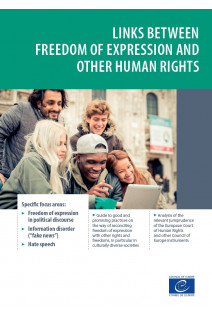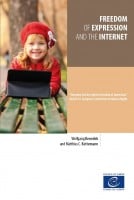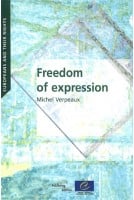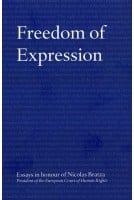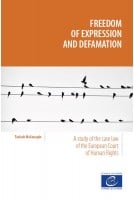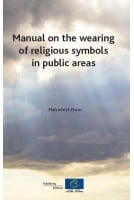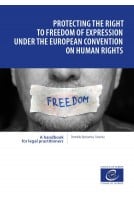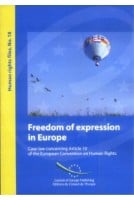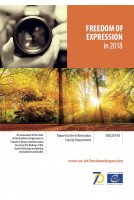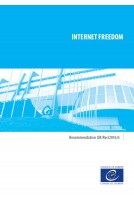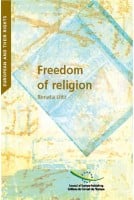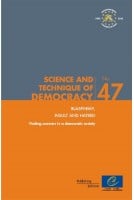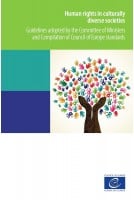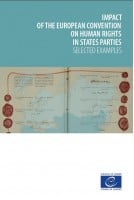I. BACKGROUND II. INTRODUCTION III. SCOPE AND CONTENT OF THE RIGHT TO FREEDOM OF EXPRESSION A. Protection of freedom of expression
International and regional levels
National level
Article 10 of the ECHR
Scope
Permissible limitations
States’ obligations
Access to information online and offline
B. Specific actors and their relation to freedom of expression Media
Civil society actors
Internet intermediaries
i. Specific focus area: Freedom of expression in political discourse
Freedom of political debate
Responsibility of political leaders and political parties
Measures to combat political statements that incite to violence or hatred
a. Self-regulation
b. Withdrawal of public financial and other forms of support
c. Prohibition and dissolution of political parties and organisations in exceptional cases
Higher degree of tolerance of criticism towards politicians
ii. Specific focus area: Information disorder (“fake news”) Regulations at national level
Multi-dimensional approach
Fact-checking and trust-enhancing initiatives
Promoting media pluralism and diversity
Awareness-raising and media literacy
Coordinated responses and continued research
IV. Specific focus area: HATE SPEECH
The challenge of defining ‘hate speech’
Developing comprehensive national strategies
Enacting legislation in accordance with international and regional obligations
Strengthening the prosecution of hate speech offences
Self-regulation by public and private institutions
Increasing the reporting of hate speech
Supporting victims of hate speech
Enhancing research and monitoring, including data collection
Education and awareness-raising, including intercultural dialogue
Dialogue with media at large including social media platforms, civil society and other relevant actors
Counter-speech
V. FREEDOM OF EXPRESSION IN RELATION TO SPECIFIC OTHER HUMAN RIGHTS
A. Freedom of expression and right to private life
B. Freedom of expression and freedom of thought, conscience and religion
Competing interests of freedom of expression and freedom of thought,
conscience and religion
Religious symbols in public areas
Whistle-blowing
Blasphemy, religious insult and incitement to religious hatred
C. Freedom of expression and freedom of assembly and association
D. Freedom of expression and prohibition of discrimination
VI. CONCLUSIONS APPENDIXAnalysis of the relevant jurisprudence of the European Court of Human Rights and other Council of Europe instruments to provide additional guidance on how to reconcile freedom of expression with other rights and freedoms, in particular in culturally diverse societies
